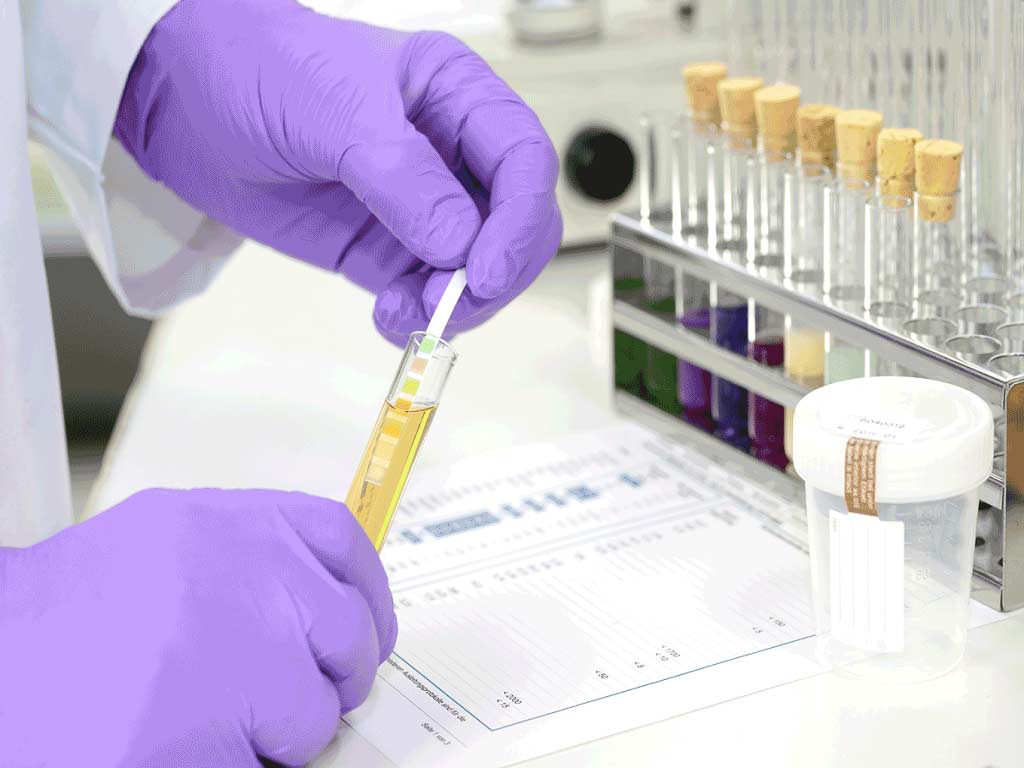Drug and Alcohol Testing Accreditation Courses: An Overview of What to Expect
11 December, 2023

Individuals who want to work as a testing officer or collector should first undergo a drug and alcohol testing accreditation course. It is a training program that equips participants with the necessary knowledge and skills to perform drug and alcohol testing procedures. At the end of the course, they should know how to collect samples properly and quantify illicit substances. It also includes recognising the signs and symptoms of impairment or abuse.
Drug and alcohol testing is a crucial aspect of maintaining safety and security in various industries. It is a standard practice in safety-sensitive workplaces where there is a high risk of accidents. As such, testing positive for alcohol or illegal drugs can have legal implications. Therefore, it is vital to have competent personnel to conduct these tests accurately. This article will provide an overview of the drug and alcohol testing course, the sampling methods, and its practical components.
Overview of Drug and Alcohol Testing Accreditation Courses
Taking a drug and alcohol testing accreditation course is a necessary step to work in the testing industry. It is a learning program that teaches individuals how to conduct a drug and alcohol screening process from sample collection to analysis. Moreover, these courses cover a wide range of topics, including administering tests in a fair and unbiased manner.
Various training centres offer flexible options, such as online learning, classroom training, or a mix of both. Students can learn theoretical aspects through an online training portal and one-on-one discussions with an instructor. Additionally, they must be able to demonstrate the correct procedures through online presentations or in a classroom setting.
Furthermore, these courses adhere to the relevant standards and legislation, such as the Occupational Health and Safety requirements and Australian Standards. To gain certification, individuals must complete the student workbook provided in the comprehensive training pack and practical examinations. Overall, it ensures testing officers have the necessary knowledge and skills to conduct drug and alcohol testing in various settings.
Main Objectives
- Train individuals on the correct drug and alcohol testing procedures and protocols for employment or other purposes.
- Ensure that test administrators are able to comply with industry standards and regulations.
- Promote the consistency and standardisation in drug and alcohol testing practices nationwide.
- Enhance the accuracy and reliability of the test results. In return, it minimises the risk of legal liabilities due to inaccurate outcomes.
- Ensure the participants understand the importance of confidentiality and integrity in the test procedures.
- Educate individuals on the legal and ethical aspects surrounding drug and alcohol testing, including proper documentation and reporting procedures.

Types of Tests and Samples Used in Drug and Alcohol Testing Accreditation Courses
Drug and alcohol testing accreditation courses teach participants the various test methods and samples. These programs include common methods, such as urine, oral fluid, and breath testing. In urine testing, participants will learn how to handle testing equipment, collect the sample, and prepare the sample for analysis. This method can identify various drugs of abuse in urine specimens for an extended period.
In oral fluid drug tests, participants will learn how to take saliva samples from the inside of the mouth and handle the device. This method is usually used for onsite drug testing due to its rapid result or turnaround time. Additionally, saliva testing can trace substances within the past 24 hours after consumption.
Finally, alcohol breathalyser testing involves the use of a sensing device to measure Blood Alcohol Content (BAC). Breathalysers are able to detect alcohol molecules through the breath. Collection centres use certified devices (AS3547:2019), which have undergone rigorous testing to ensure accuracy. A breathalyser is a reliable way to test for alcohol.
Other Types of Specimen Collection Requirements and Procedures
Drugs of abuse testing also teaches other methods, including blood and hair follicle testing. For blood testing, students will learn how to draw a sample from the vein of the client and handle the sample correctly. It also includes analyses of the specimen using advanced laboratory techniques.
Meanwhile, hair follicle testing involves obtaining a strand of hair from the scalp. If head hair is unavailable, body hair can be used as a substitute. It is a preferred method for determining alcohol or drug abuse, as the specimen remains stable. In addition, it can detect evidence of substance use up to 90 days after consumption.

Practical Components of Drug and Alcohol Testing Accreditation Courses
The drug and alcohol testing accreditation courses cover practical elements that are essential for individuals seeking to become certified testers. This involves the use of both simulated and actual workplace environments, including procedures for specimen collection. Moreover, participants learn the use of testing devices, label specimens, and maintain the chain of custody.
After sample collection, individuals learn how to package and transport the specimen for laboratory testing. Another vital component of the course is the process of quantitation of drugs and interpretation of results. If the initial screening yields non-negative test results, it is important to perform confirmatory testing. This procedure retests the sample using Gas Chromatography and Mass Spectrometry (GC-MS) techniques to determine the exact concentration of drugs.
Furthermore, participants will learn about the legal and ethical considerations, including privacy rights and confidentiality. With this, the course emphasises respectful communication with clients and how to handle uncooperative behaviour. Lastly, learning these testing methods is beneficial in various settings, including pre-employment, random, and post-incident testing.
What Are the Career Opportunities?
After successful completion, it offers various employment pathways for individuals. Qualified drug and alcohol testers can work in a laboratory, medical centre, or in a workplace environment. They are responsible for carrying out the testing process, interpreting results, and reporting findings. Additionally, they can also become trainers or consultants to provide expert advice on drug testing procedures.
Certified individuals can also aid in developing drug and alcohol policies in the workplace. This includes conducting a risk assessment, establishing clear rules and regulations, and providing training to staff. Additionally, testers can assist employers in handling confirmed positive test results to mitigate legal risks.
Conclusion
Drug and alcohol testing accreditation courses provide in-depth knowledge and practical elements for individuals seeking to become certified professionals. Such courses focus on the types of tests and samples used, the procedure for specimen collection, and analysis. It also covers other aspects, such as legal and ethical considerations. With this, individuals will learn all about the comprehensive pathology tests. Likewise, employing certified testers helps comply with regulatory or legislative requirements.
The standard test methods included in the course are urine and oral fluid drug screening and breath alcohol testing. Other courses may include hair and blood testing, which are crucial for confirmation. After successful completion, individuals can work in various industries. These skills are valuable in workplace drug testing to prevent the hazards of substance abuse. Ensuring accuracy and reliability in the testing procedures is essential for maintaining a safe, healthy, and productive environment.






























